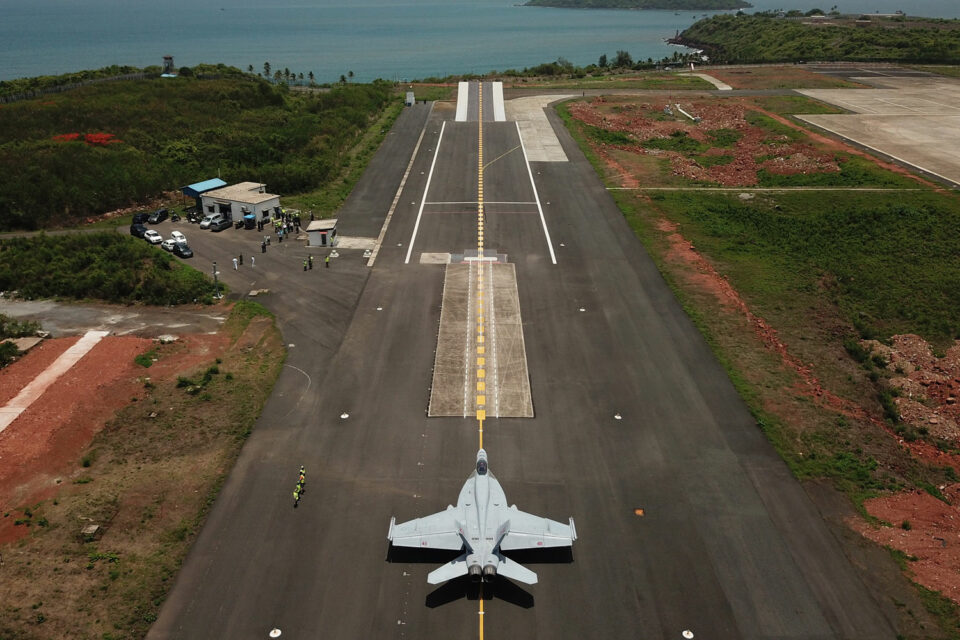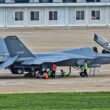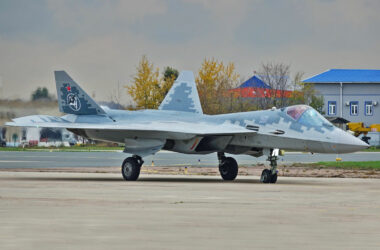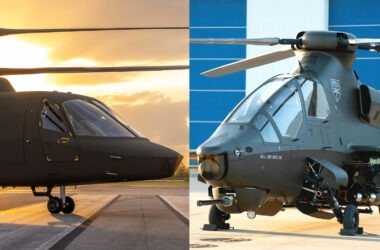Boeing announced on Wednesday the completion of demonstrations of the F/A-18 Super Hornet naval fighter for the Indian Navy, which is looking for an aircraft compatible with its STOBAR (“short take-off but arrested recovery”) aircraft carriers.
In this type of operation, the aircraft take off with the aid of the “ski-jump” instead of launching by catapults, as in the US Navy, where the Super Hornet is commonly used.
The trials with the Boeing fighter were carried out at the Hansa Naval Station in Goa, India. A flight deck replica of the aircraft carrier INS Vikramaditya and INS Vikrant was mounted on one of the runways to evaluate the F/A-18.
According to Boeing, two F/A-18E models in different weight configurations completed multiple arrest takeoffs and landings meeting Indian requirements.

“The Boeing team was privileged to showcase the F/A-18 Super Hornet’s compatibility with Indian carriers in Goa,” said Alain Garcia, vice president, India business development for Boeing Defense, Space & Security and Boeing Global Services.
The Super Hornet offered to the Indian Navy is the Block III, the most advanced fighter jet manufactured by Boeing. The aircraft has features such as larger capacity fuel tanks, improved engines, a state-of-the-art cockpit, a new missile warning system, among others.
“With the Super Hornet Block III, the Indian Navy would not only get the most advanced platform but would also benefit from tactics, upgrades and knowledge related to the naval aviation ecosystem that the U.S. Navy offers,” added Garcia.
The Super Hornet’s competitor in the dispute for the Indian Navy contract is the French Dassault Rafale M. India intends to acquire 36 one- and two-seat naval fighter jets to replace the Russian-made MiG-29K that have been in service in India since the beginning of the last decade.







